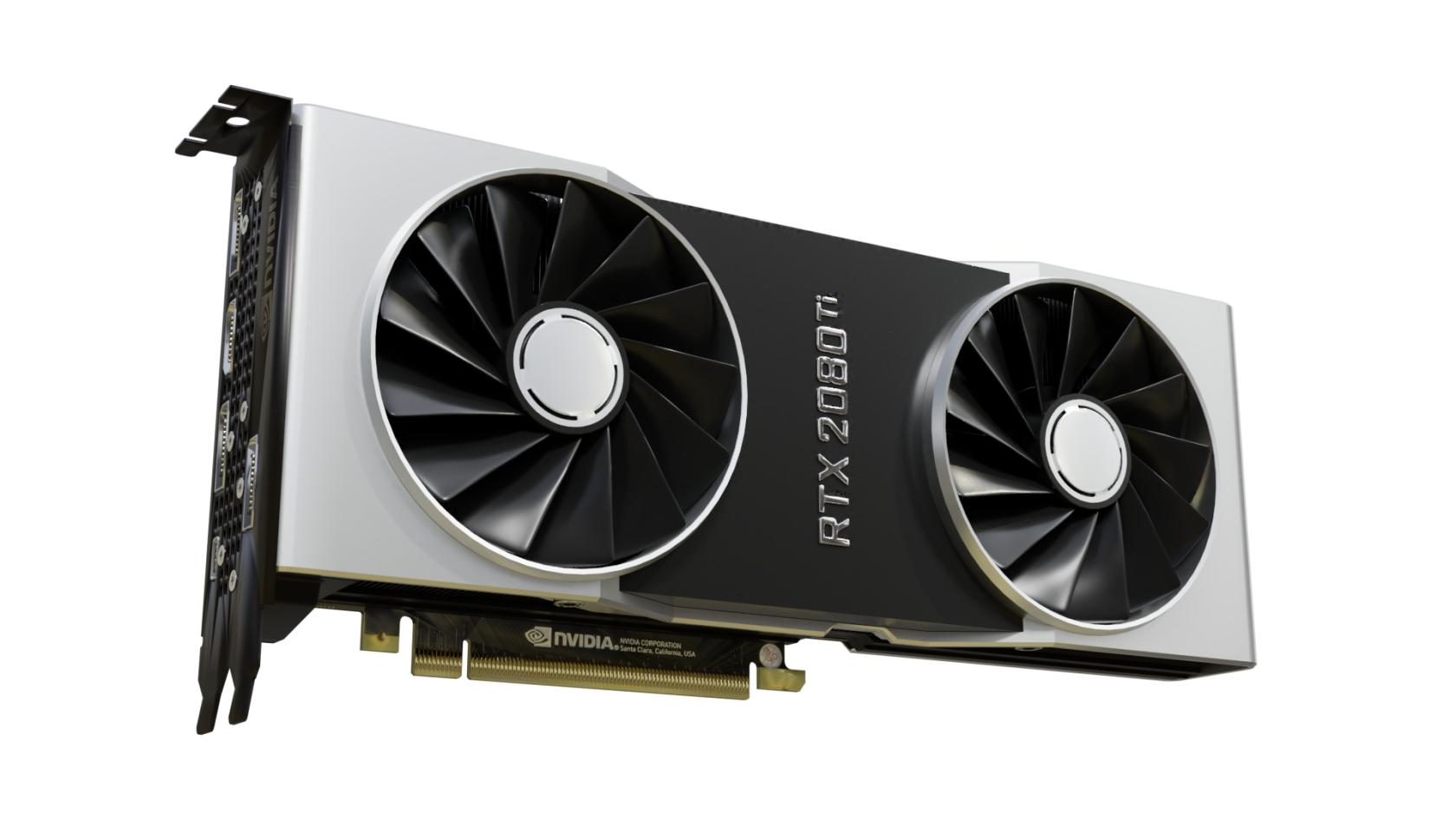Graphics Card
The Debian operating system comes with innate support for many AMD, Nvidia and Intel graphics hardware. Depending on the manufacturer, the open-source driver's hardware integration and functionality can be limited until proprietary drivers are installed.
Skip this step when using a Raspberry Pi.
AMD/ATI
Modern AMD graphics (2015 or later) are fully supported and run stable out-of-the-box using the open-source AMDGPU software maintained by Debian.
AMD provide their own proprietary drivers, but they can cause system instability and should be avoided.
Intel
Integrated graphics, like those found in Intel processors since 1999, are fully supported and run stable out-of-the-box using X.org's Intel Graphics Driver. While older models require a different driver, they are still fully supported.
Nvidia
Nvidia graphic drivers are partly closed-source and privately owned by Nvidia.
Debian can support basic features with most Nvidia graphics card using the open-source Nouveau Driver maintained by freedesktop. This driver has limitations though and may not perform optimally under some conditions.
Media applications like Plex or Jellyfin require the proprietary Nvidia drivers to be installed on your system. They are also required for connecting your graphics card to the Docker engine for use by services.
Before you can install the proprietary Nvidia drivers, you need to ensure which graphics card you have and which driver versions are supported for your card. Newer cards work with the unified driver, while legacy cards are supported through specific driver release versions. This can be a finicky process.
Debian provides instructions for how to install the Nvidia graphics card drivers. Alternatively, you can use the nvidia-detect script to identify and install the correct drivers.



